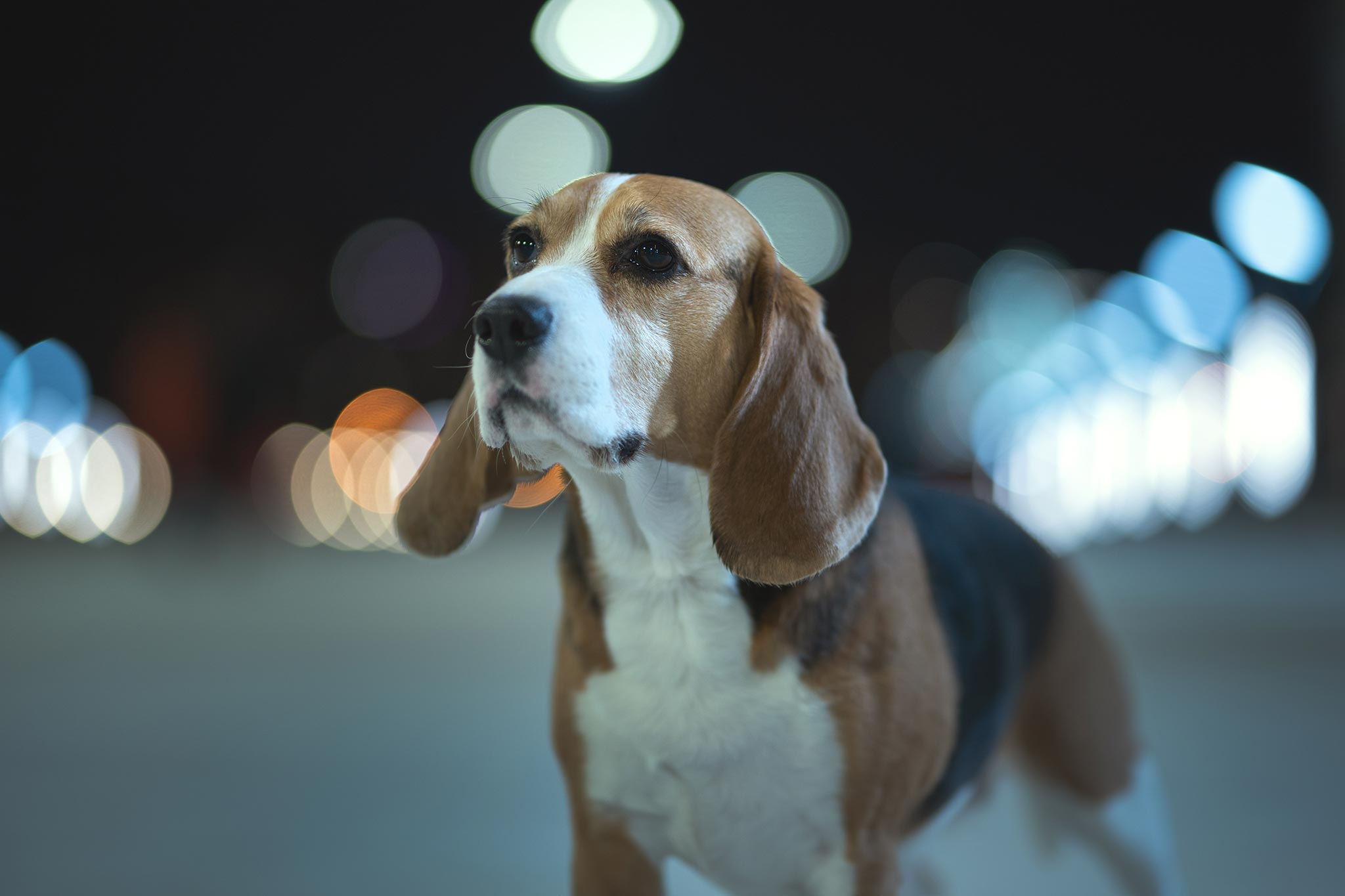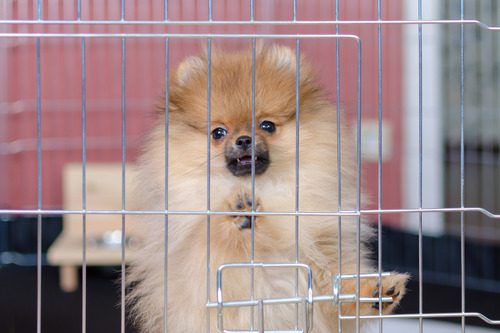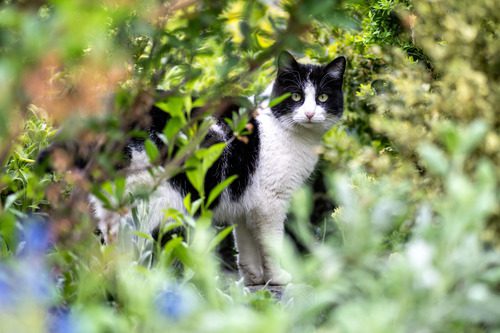Do Dogs Have Night Vision? Exploring Canine Visual Abilities
Have you ever wondered how your dog manages to navigate around the house so easily in the dark? Or maybe you’ve noticed their keen ability to spot a squirrel during a dusky evening walk? It’s a common question among pet owners: do dogs have night vision? This blog will dive into the fascinating world of canine visual abilities, shedding light on how dogs see in low light conditions and what this means for their behavior and care. If you’re curious to learn more or have concerns about your dog’s vision, the team at Brown Veterinary Hospital in Terre Haute, IN, is here to help. Give us a call at (812) 645-0715 for more information or request an appointment. Let’s explore the night-time world through the eyes of our canine companions.

Understanding Canine Vision
Dogs perceive the world differently than humans do, especially when it comes to their vision. Unlike humans, who rely heavily on their sight in various lighting conditions, dogs have adapted to excel in dimmer environments. But does this mean they have true night vision? Not exactly in the way we might think, like night-vision goggles. However, dogs do have certain adaptations that allow them to see better in low light than we can.
Firstly, dogs have a higher concentration of rod cells in their retinas. Rod cells are responsible for detecting light and movement, which means dogs can pick up on subtle movements and navigate in dimmer situations better than humans. Another critical factor is the tapetum lucidum, a layer behind the retina that reflects light back through the retina, enhancing vision in low light. This is what causes dogs’ eyes to have that distinctive glow when light shines on them in the dark.
The Structure of a Dog’s Eye
A dog’s eye structure plays a significant role in their ability to see in less-than-bright conditions. The larger pupils allow more light to enter the eye, improving their night vision capabilities. This, combined with the tapetum lucidum and a higher concentration of rod cells, provides dogs with a unique visual advantage during dawn, dusk, and nighttime.
However, it’s worth noting that while these adaptations enhance their ability to see in the dark, dogs do not see in complete darkness. Their night vision is more about making the most out of low light rather than navigating without any light at all.
Color Perception and Clarity
While exploring the topic of canine night vision, it’s also interesting to consider how dogs perceive colors and clarity. Dogs do not see the world in the vibrant array of colors that humans do. Their color vision is limited; they see in shades of blue and yellow but cannot distinguish between red and green. This color perception doesn’t directly impact their night vision but is a part of understanding the overall scope of canine vision.
Moreover, dogs have less visual acuity compared to humans. This means that what we can see clearly might appear more blurred to them, especially at a distance. However, their ability to detect movement and their enhanced peripheral vision compensates for this, particularly in low light conditions.
How Night Vision Affects Dog Behavior
The adaptations in a dog’s eyes that facilitate better vision in low light have a direct impact on their behavior. Dogs might be more active or alert during dawn and dusk when their visual abilities give them an advantage. This can also explain why some dogs are more eager to play or go for walks during these times.
Understanding your dog’s visual capabilities can also help you provide better care and enrichment. For instance, using toys that are blue or yellow can make playtime more engaging for them, as these are the colors they see best. Additionally, being mindful of their enhanced movement detection can help you understand why your dog might react to something that you can’t see as clearly in dim light.
Supporting Your Dog’s Nighttime Activities
Knowing that your dog has certain visual advantages in low light can also guide how you support their nighttime activities. Ensuring their environment is safely lit during the night, without being overly bright, can help them navigate your home without difficulty. Moreover, when walking your dog in the evening, reflective leashes, collars, and even light-up toys can make the experience safer and more enjoyable for both of you.
When to Seek Professional Advice
While most dogs navigate low-light conditions well, changes in their behavior or signs of difficulty seeing could indicate a problem. If you notice your dog bumping into objects in dim light, showing reluctance to go out at night, or any other changes in vision-related behavior, it’s important to seek professional advice. The team at Brown Veterinary Hospital is equipped to assess your dog’s vision and provide the necessary care to ensure their eyes are as healthy as possible.
Call Brown Veterinary Hospital for More Information
If you’re intrigued by how your dog sees the world or concerned they might be experiencing vision problems, we’re here to help. Our understanding of canine vision and commitment to your dog’s health allows us to provide tailored advice and care. For more information or to schedule an appointment, please call us at (812) 645-0715. At Brown Veterinary Hospital in Terre Haute, IN, we’re dedicated to supporting the well-being of your canine companion, day and night.
Recent Posts
About Brown Veterinary Hospital
We are here to serve as your partner in keeping your four-legged family member healthy, ensuring you have all the tools you need to provide them with a lifetime of outstanding care. Our animal hospital in Terre Haute offers a full range of services to nurture and extend your pet’s life, from wellness and preventative care to critical care, exotic pet care, and dermatology.





